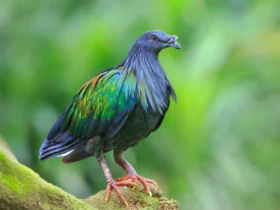The Eastern Bluebird (Sialia sialis) is a small and beautiful songbird that is native to eastern North America. With its vibrant blue plumage and melodious song, the Eastern Bluebird is a beloved symbol of happiness and hope. In this article, we will explore the fascinating world of the Eastern Bluebird, discussing its appearance, habitat, behavior, and conservation efforts dedicated to protecting this cherished bird species.
Eastern bluebird images
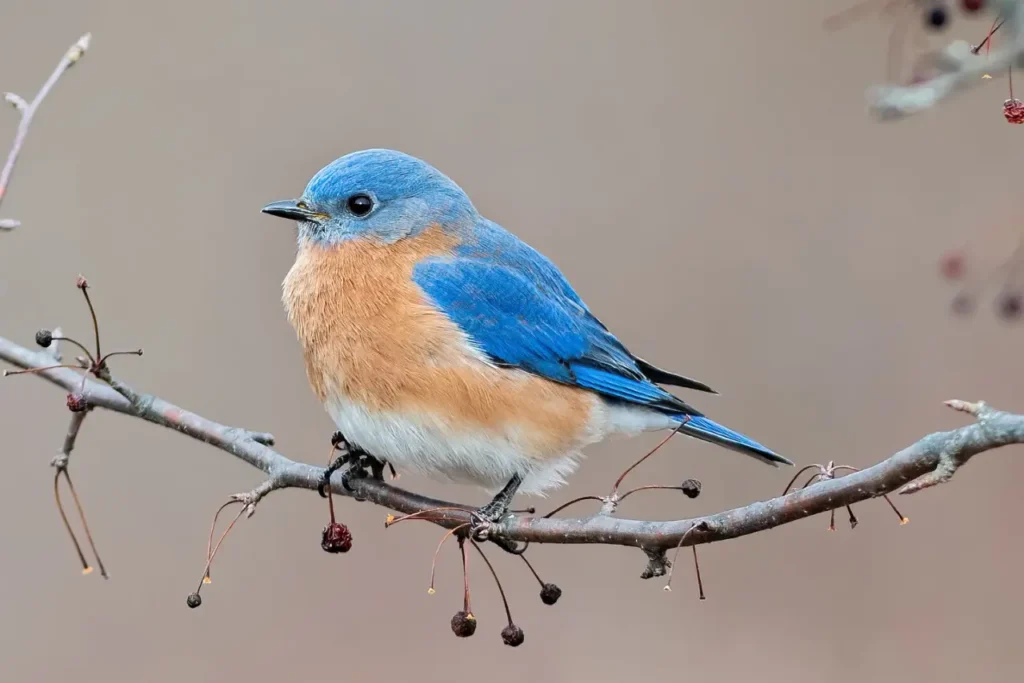
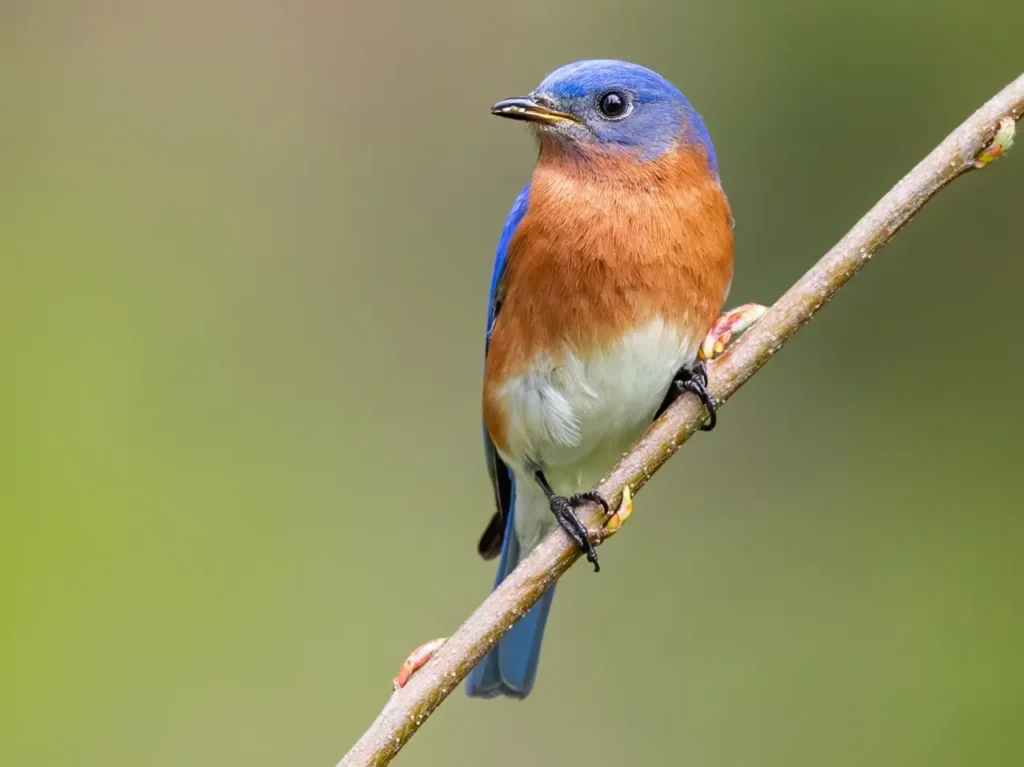
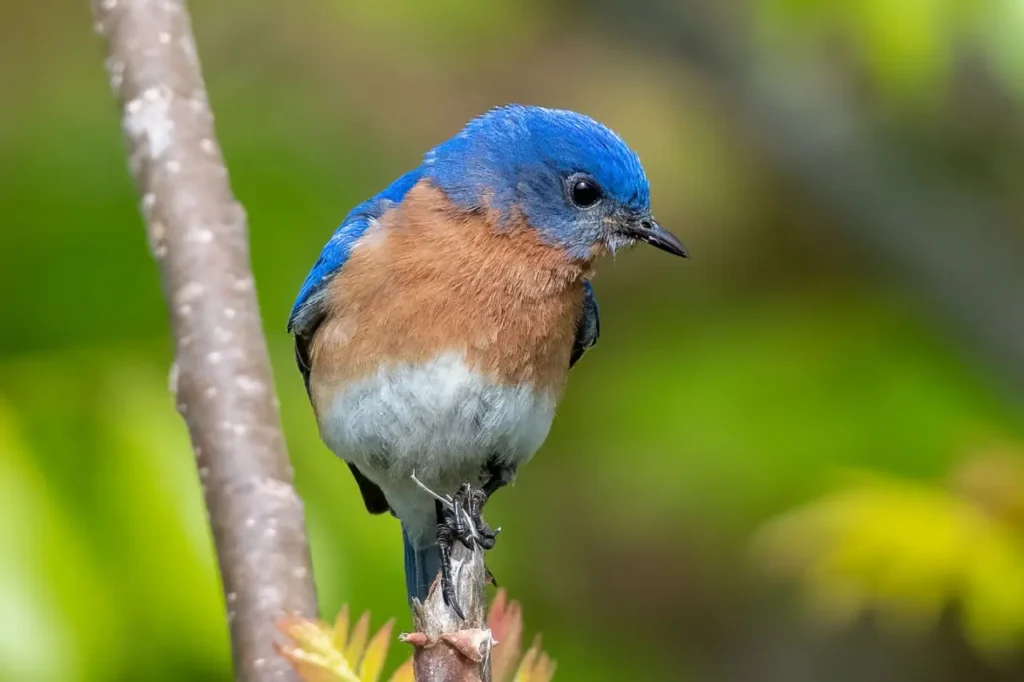
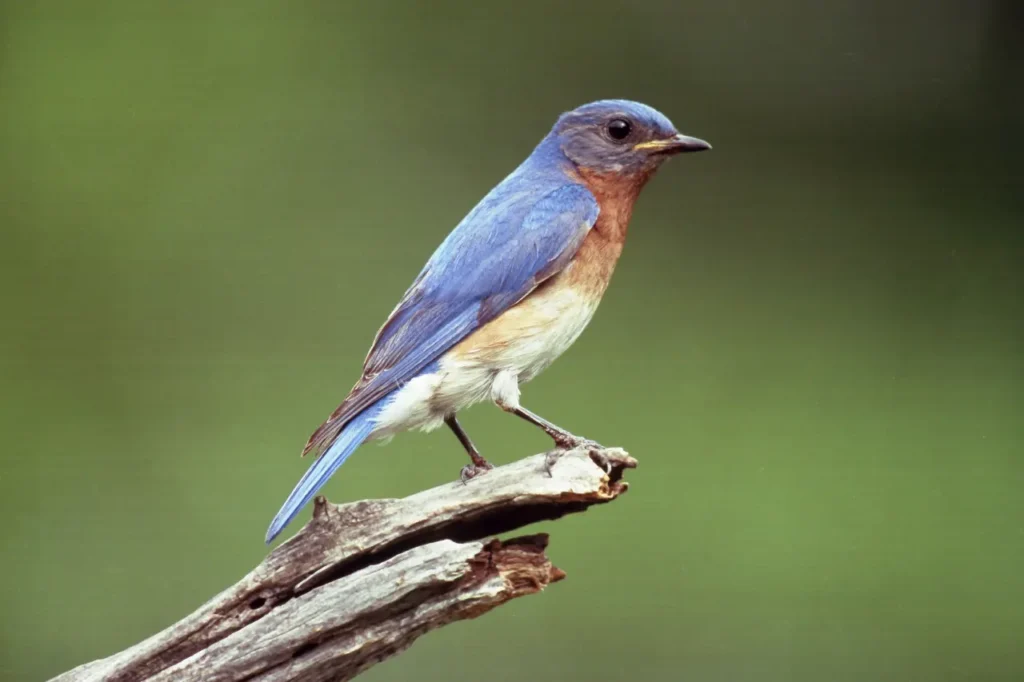
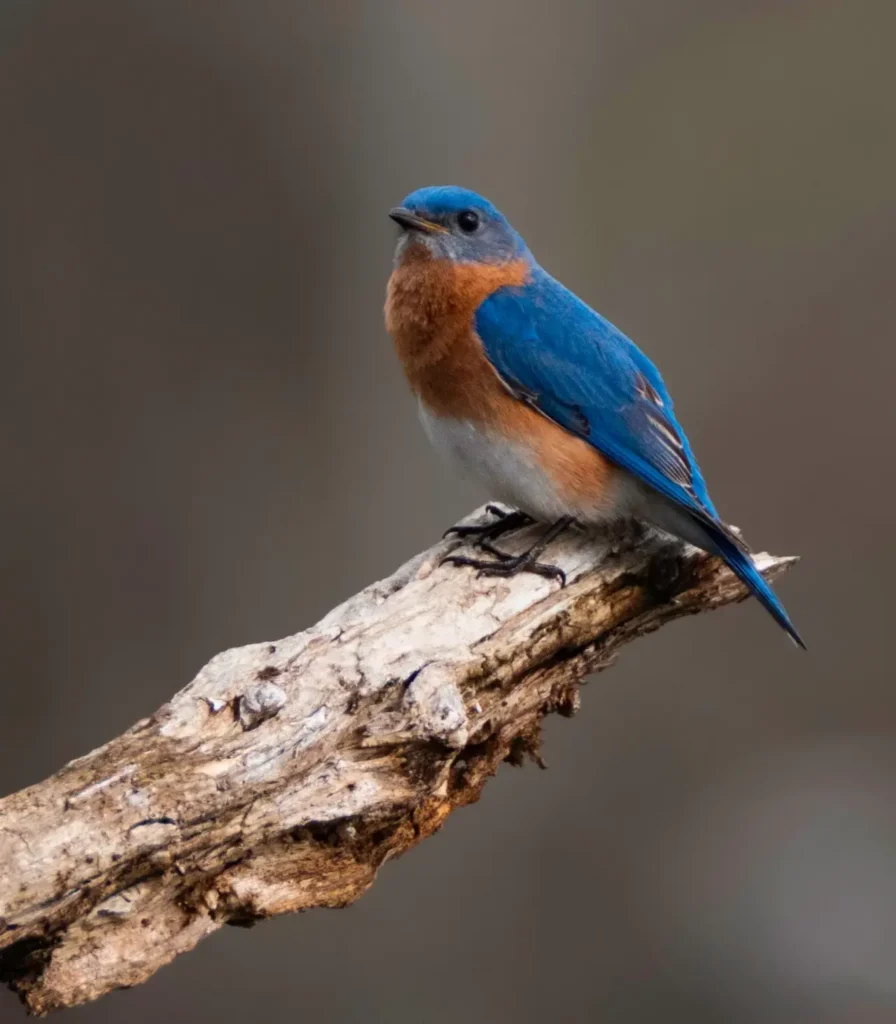
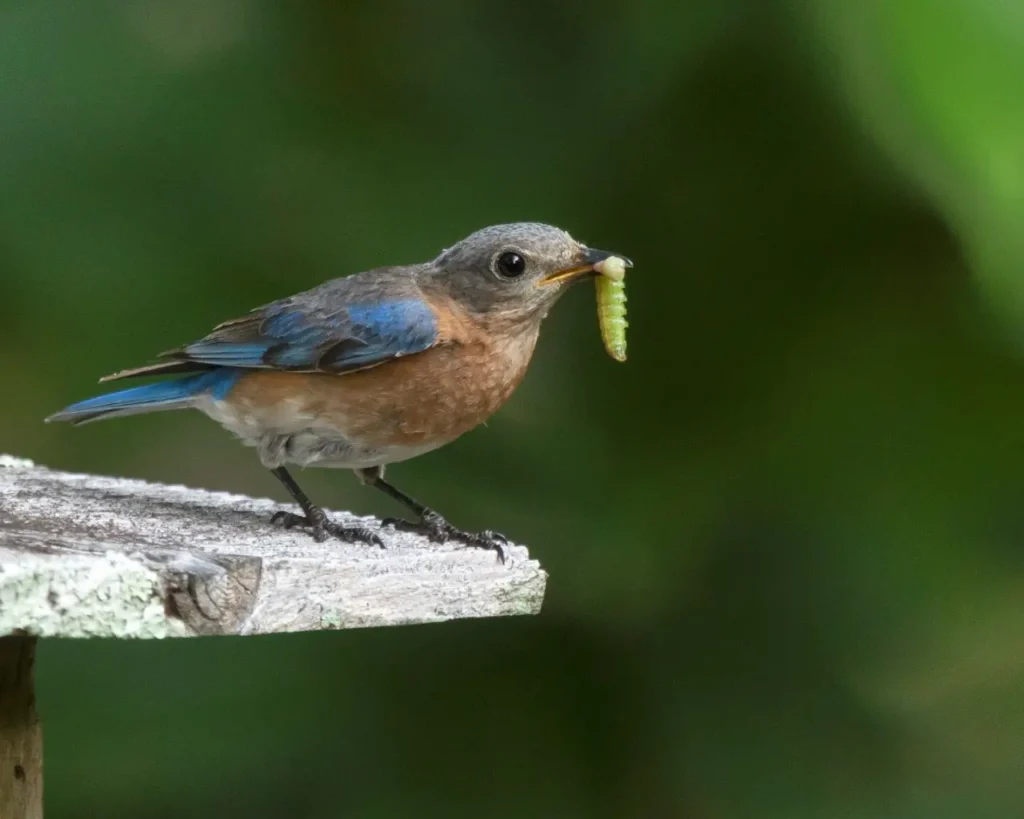
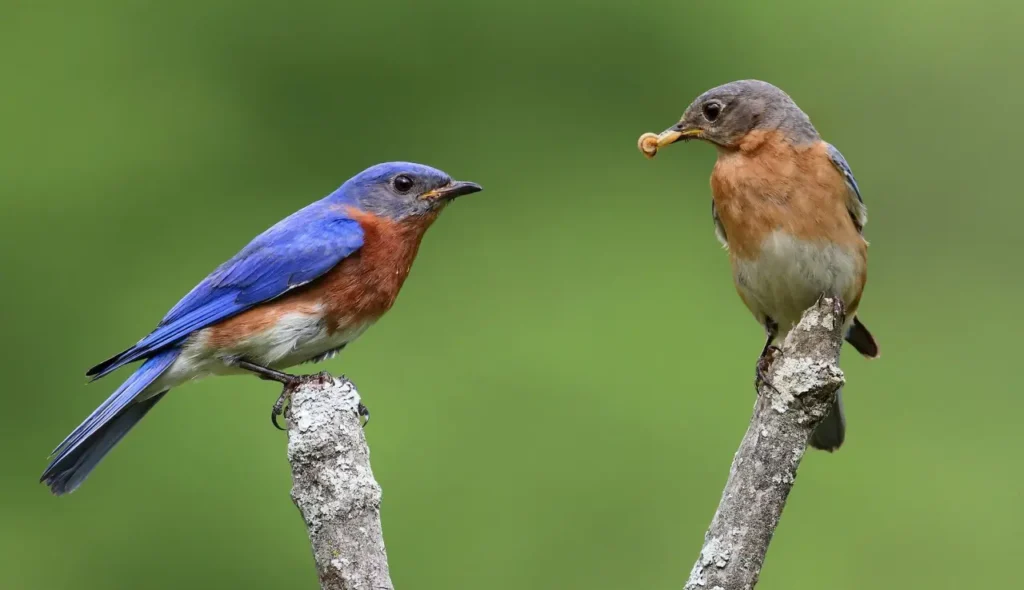
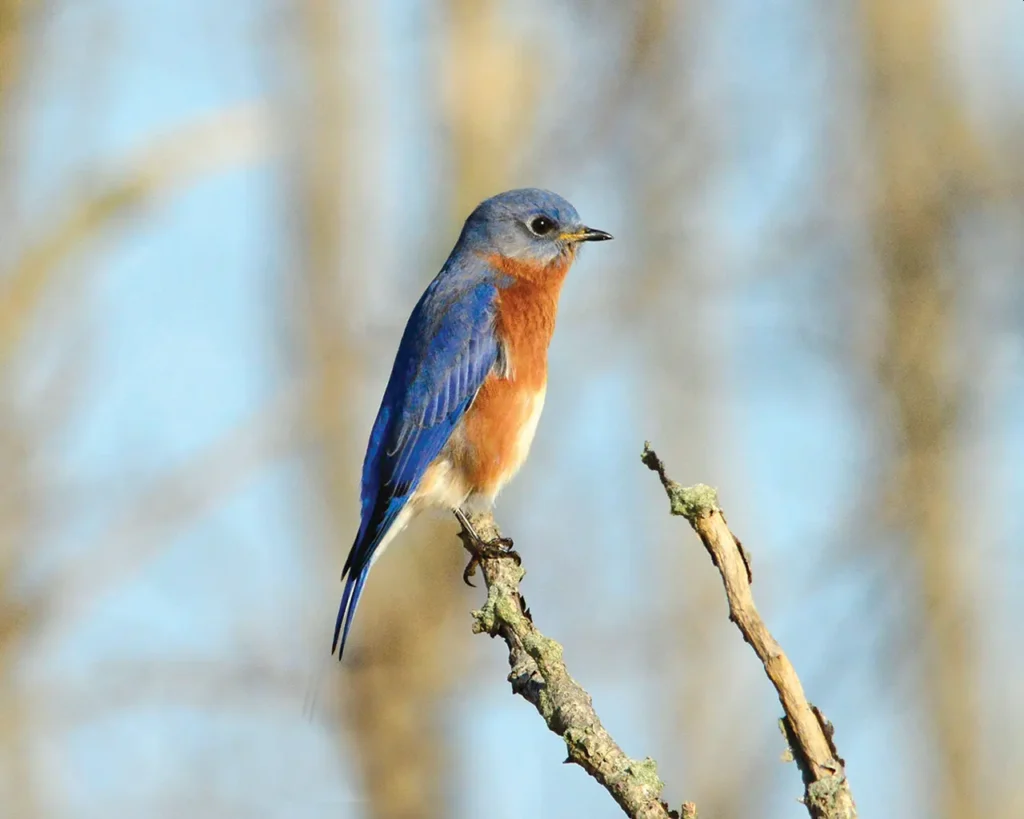
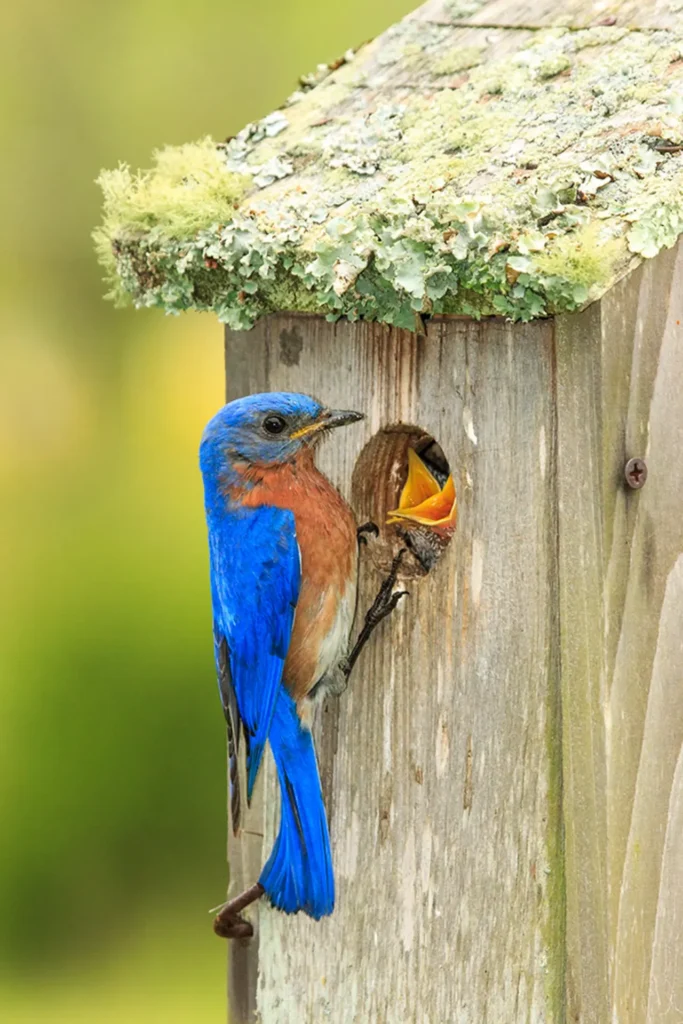
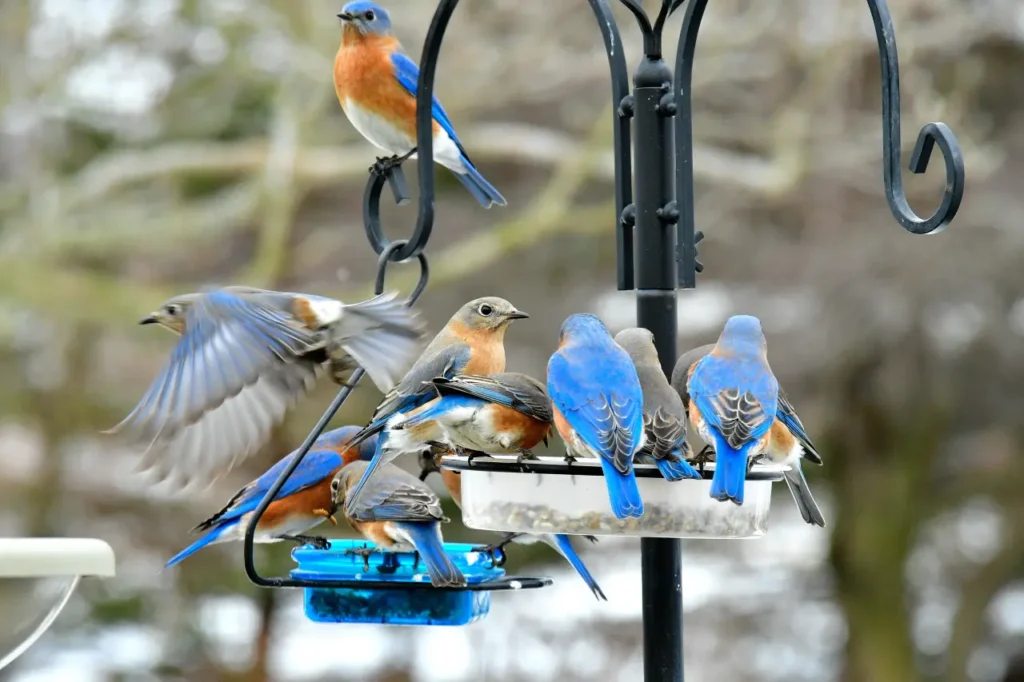
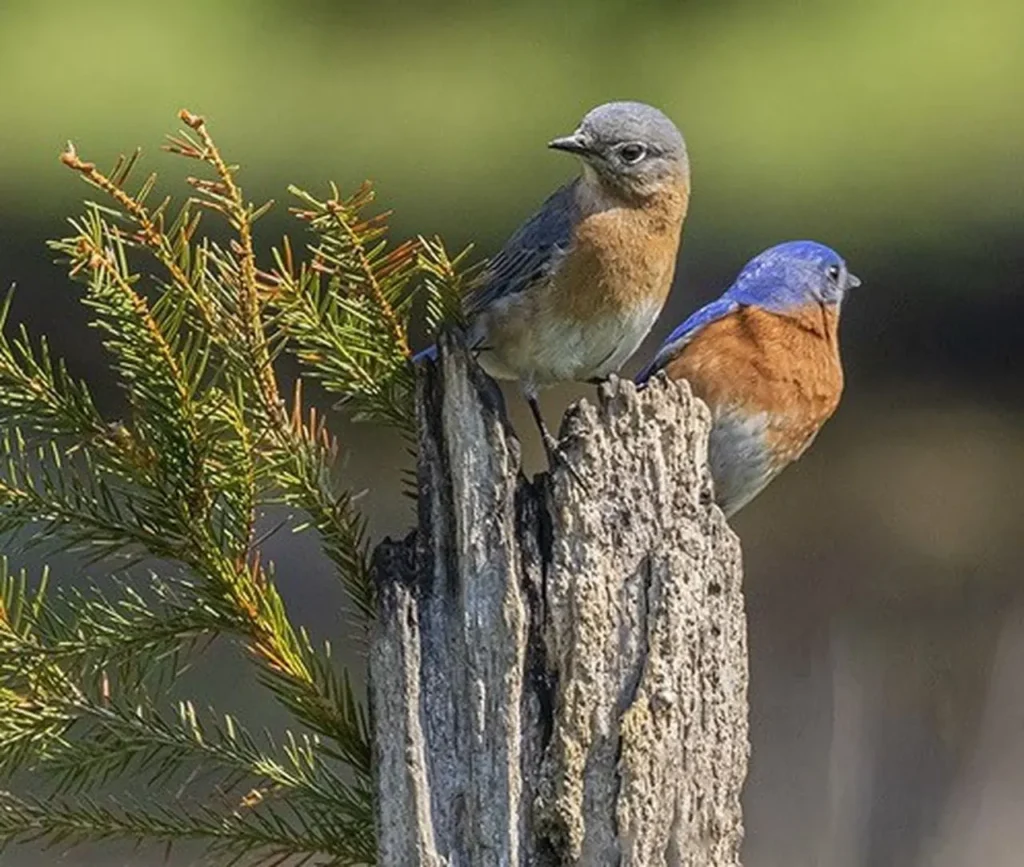
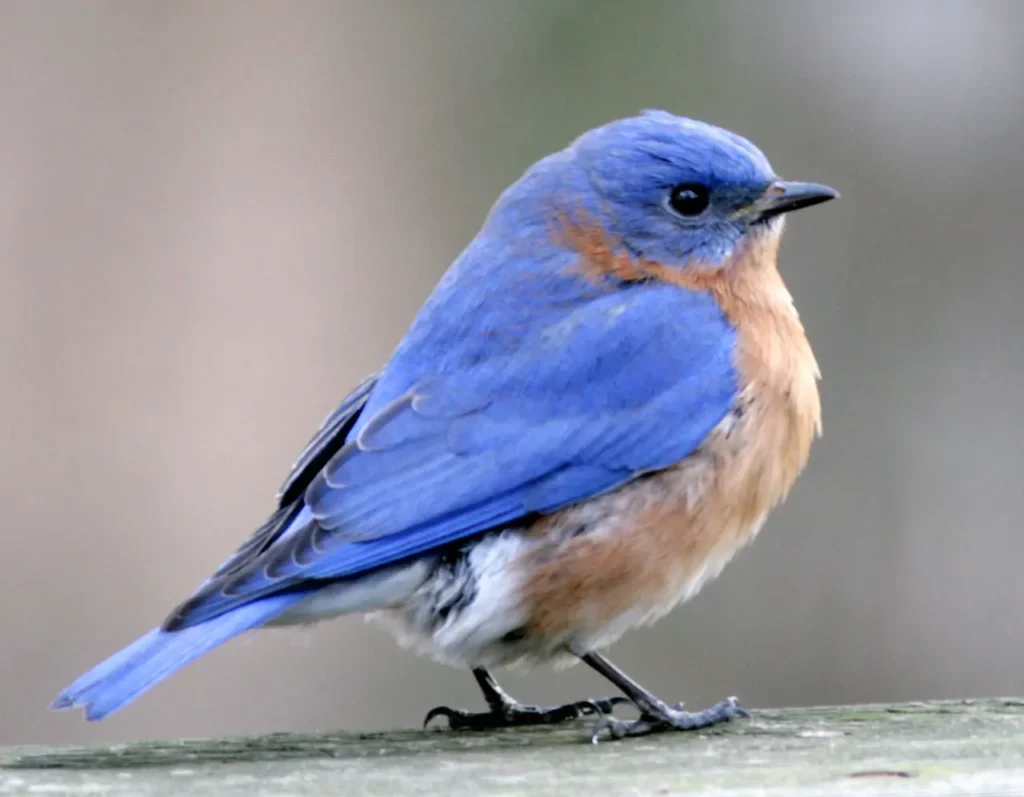
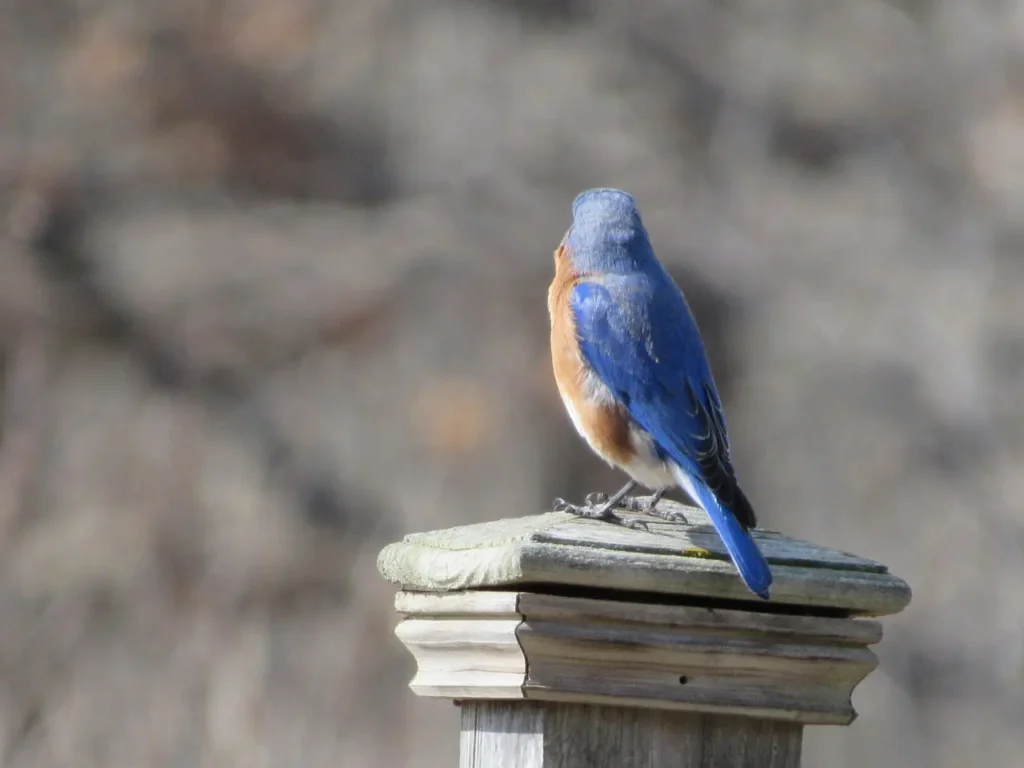
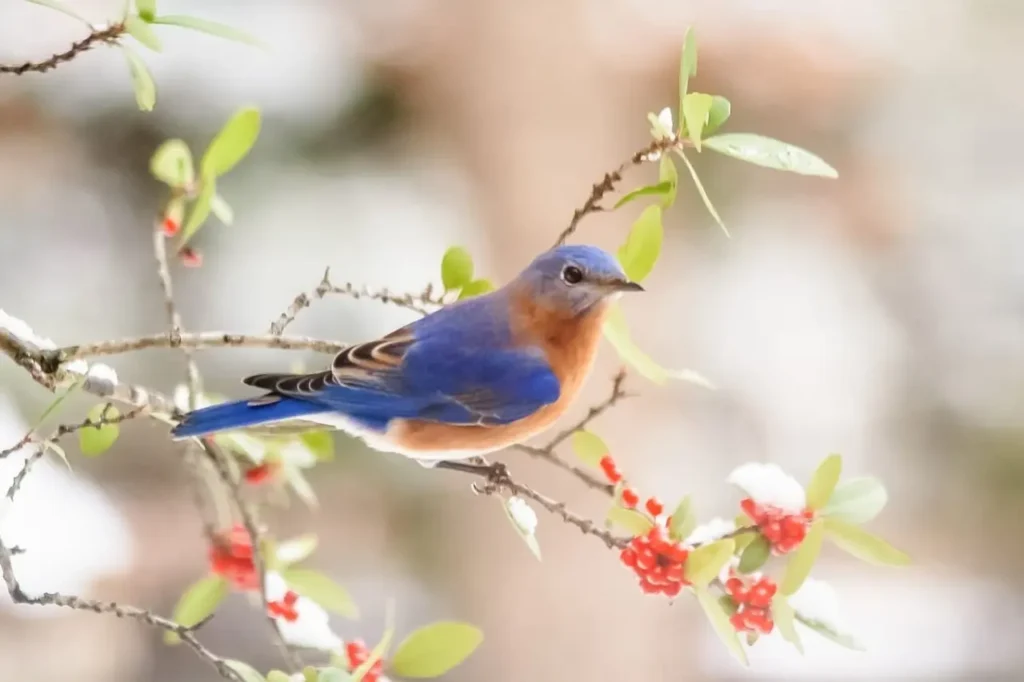
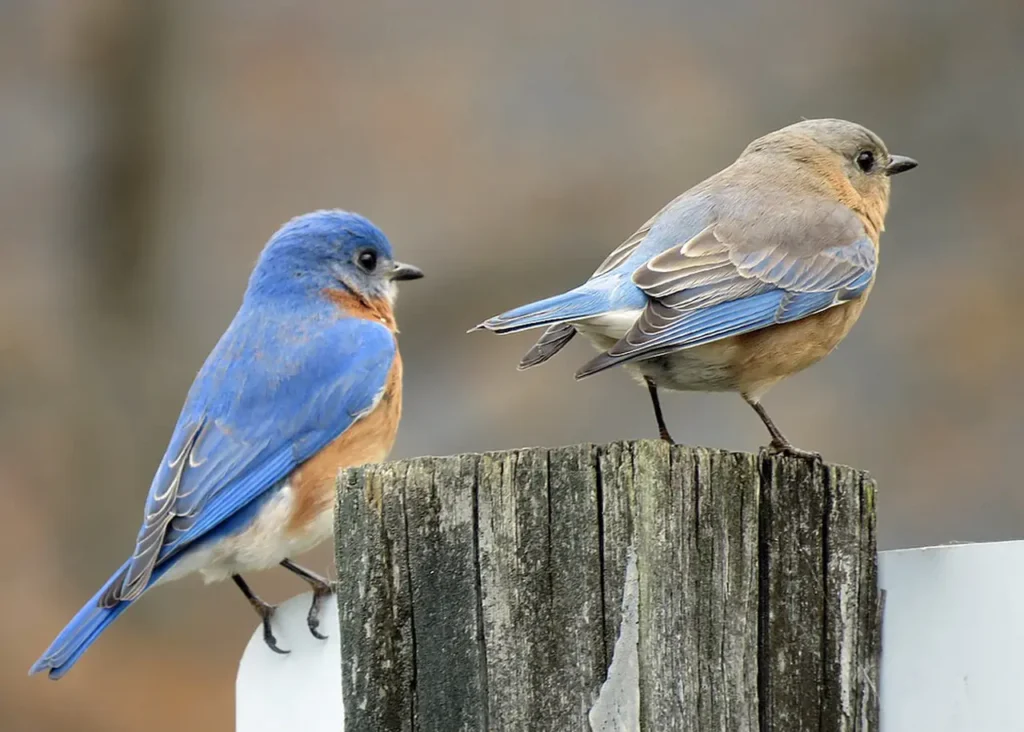
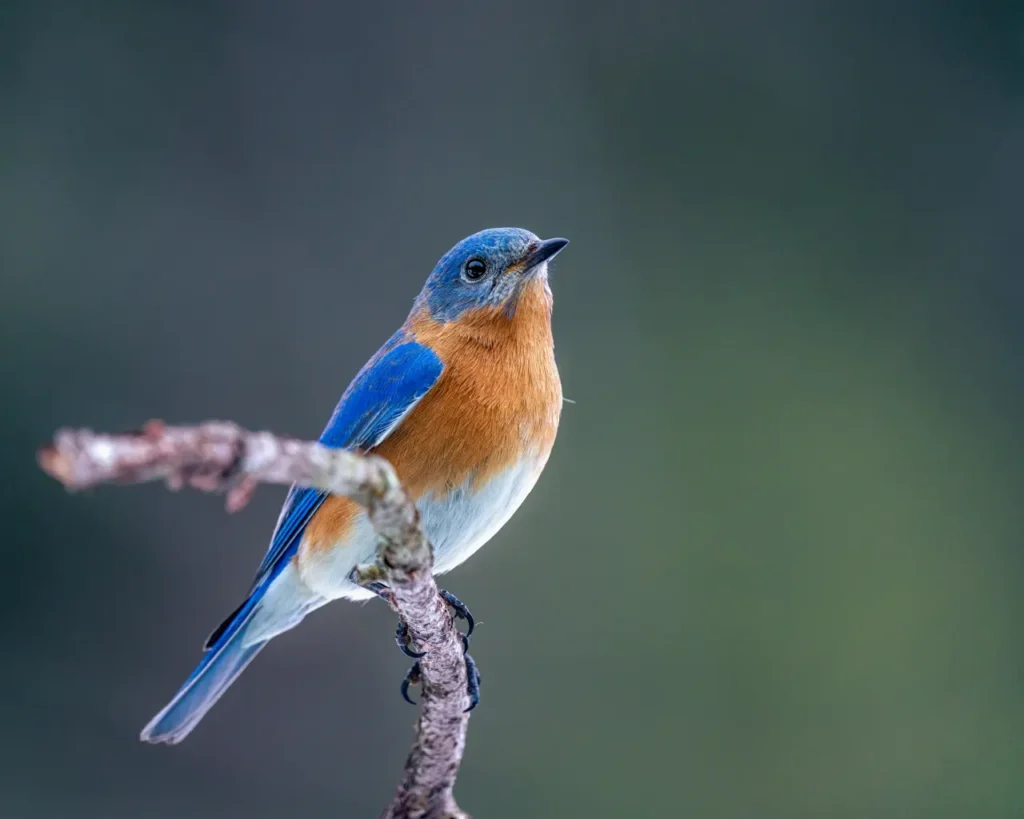
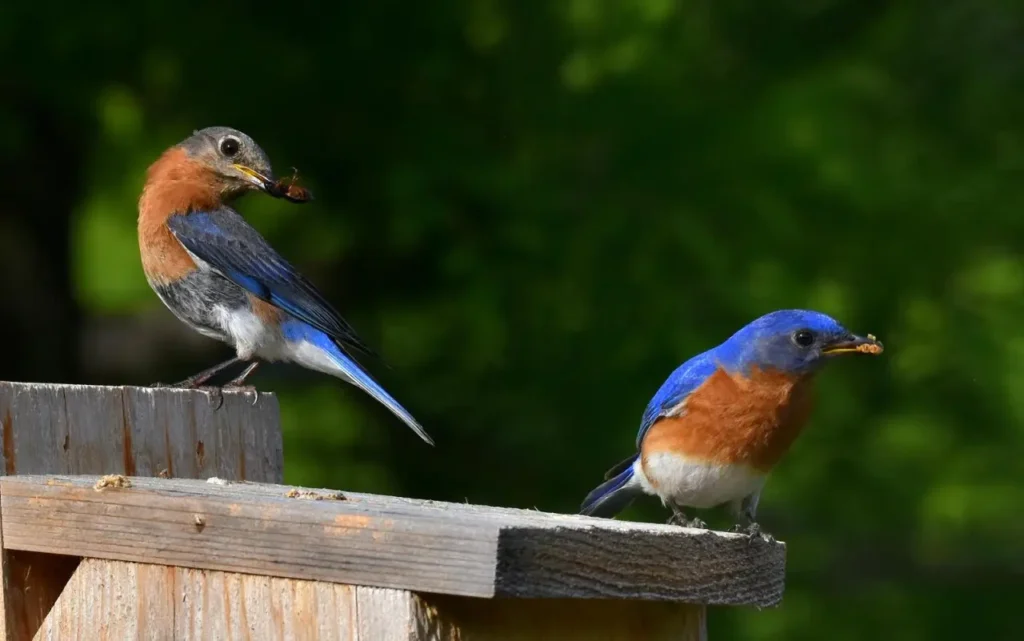
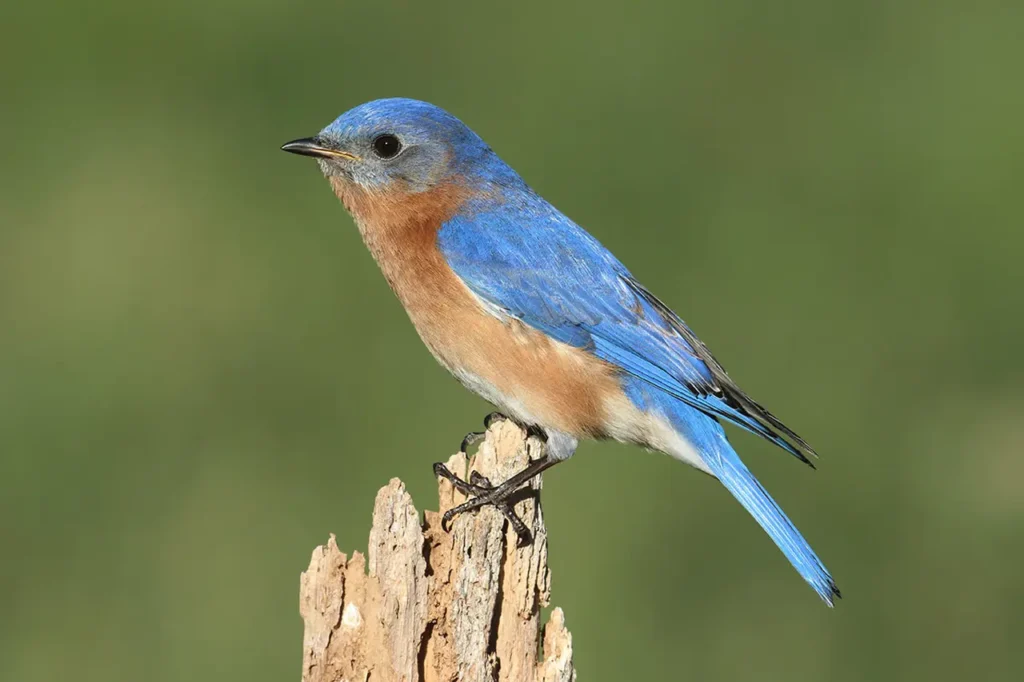
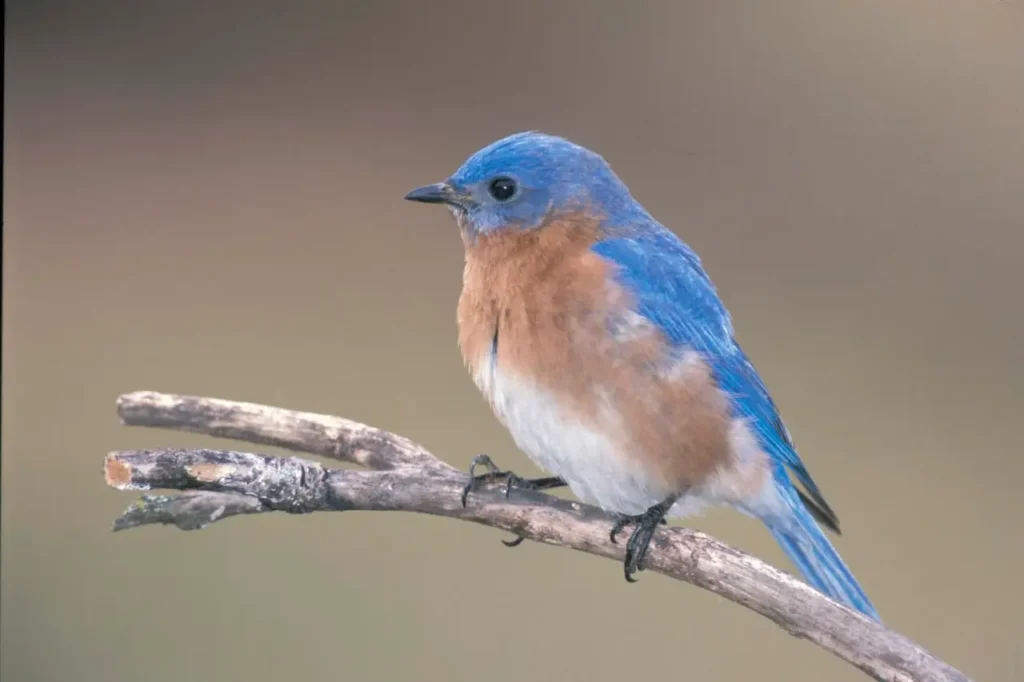
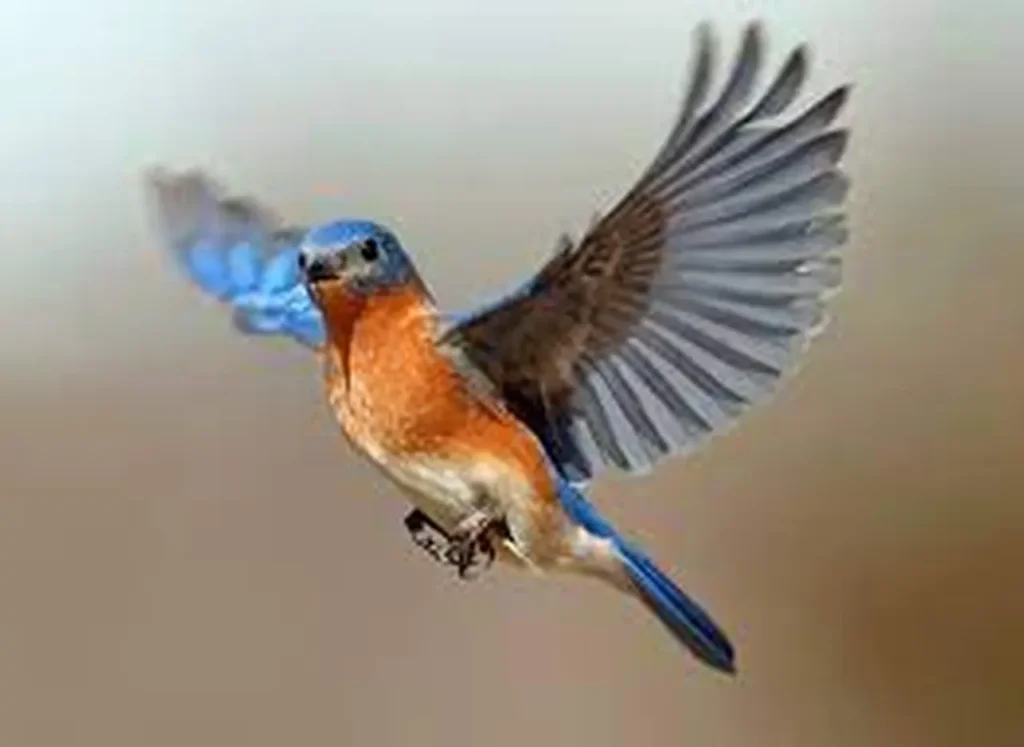
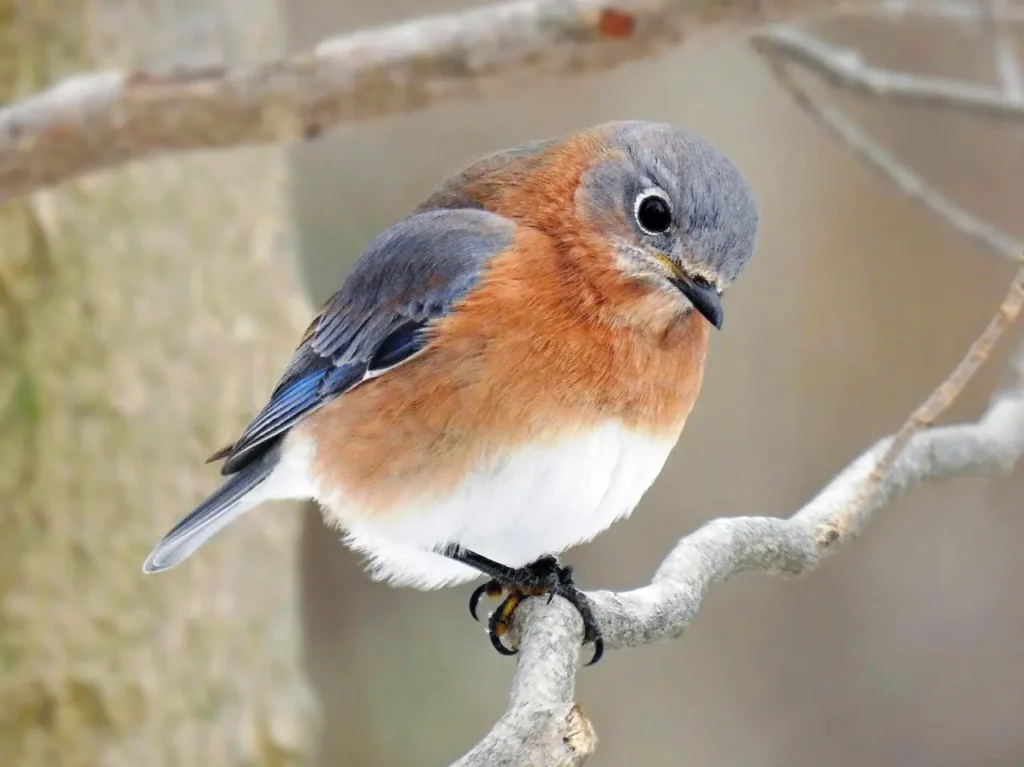
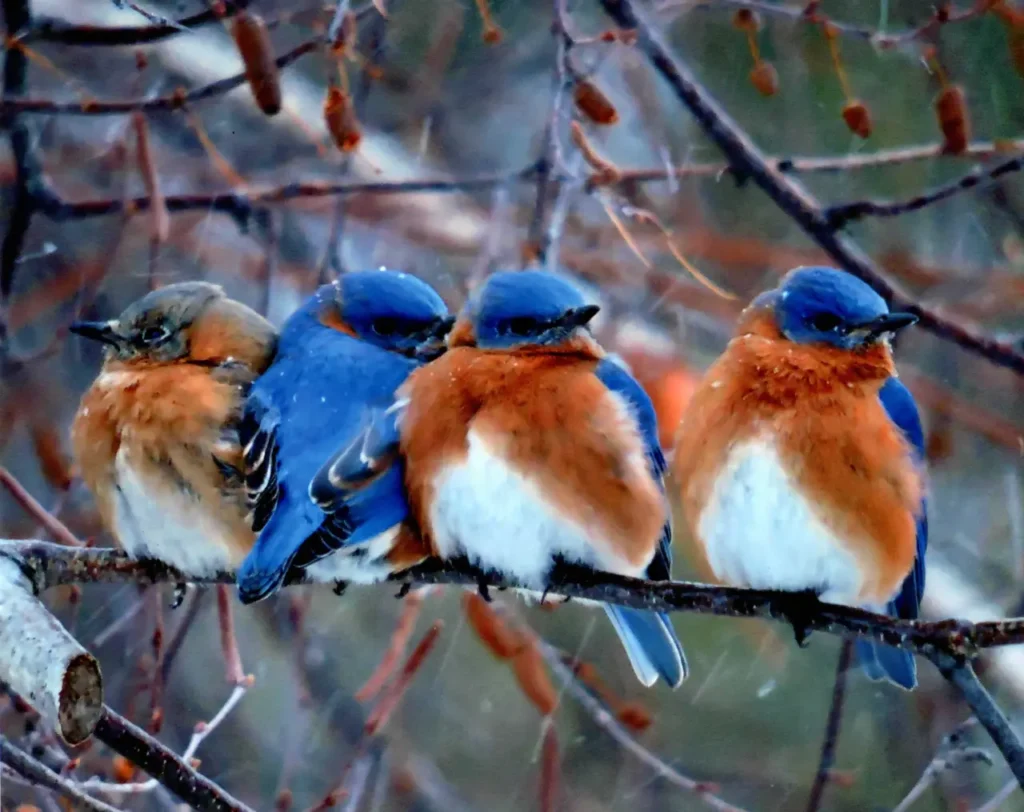
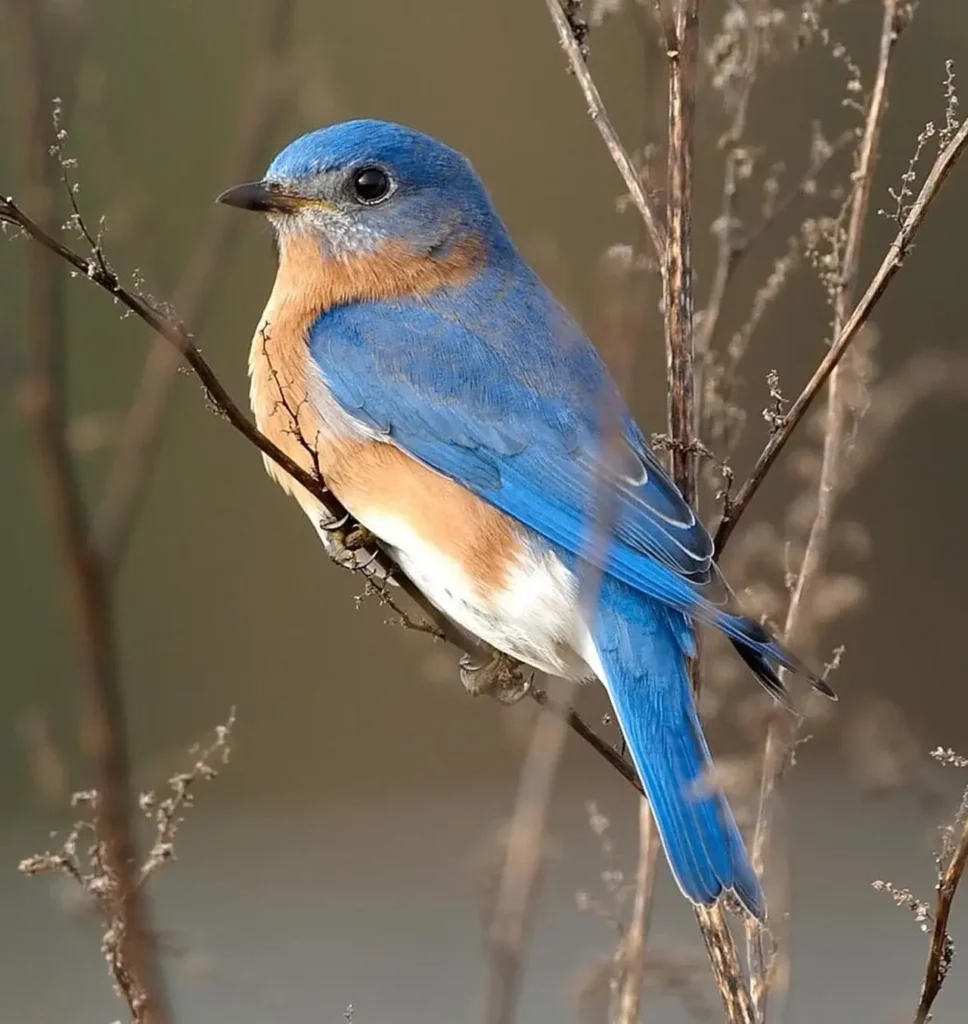
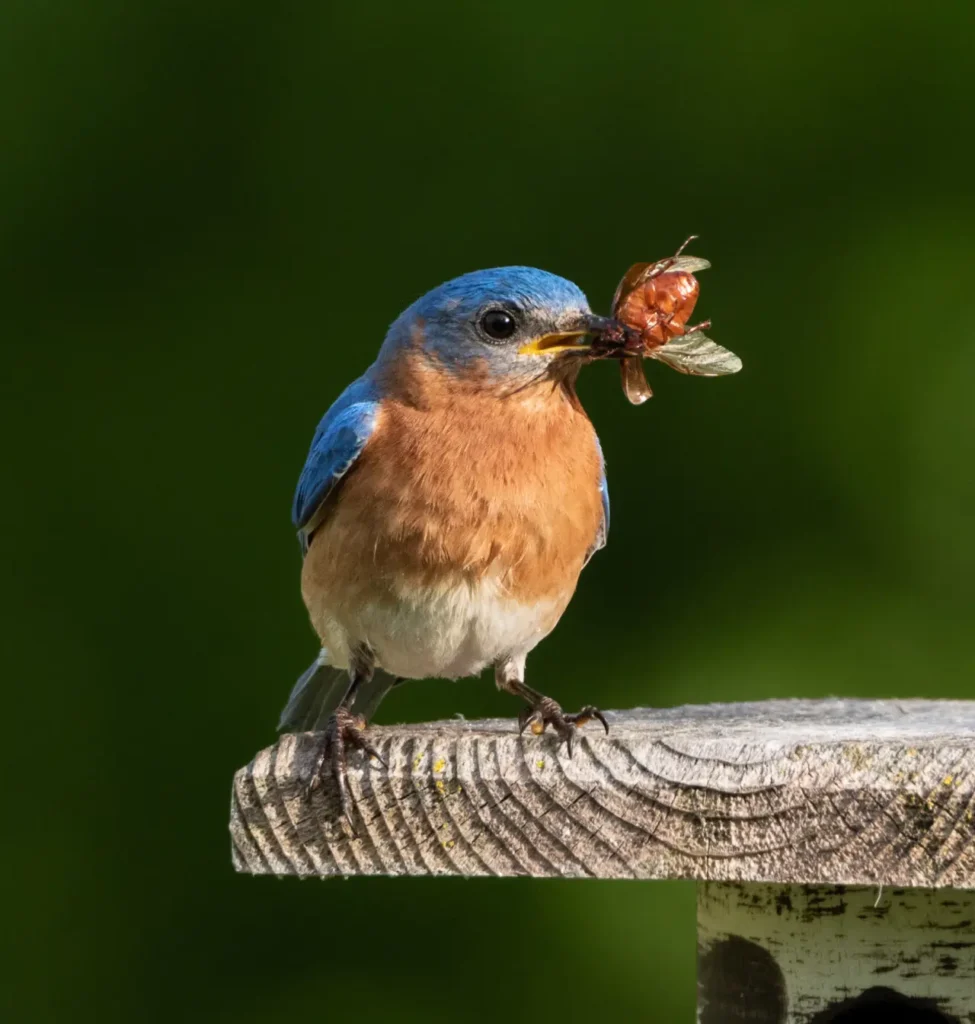
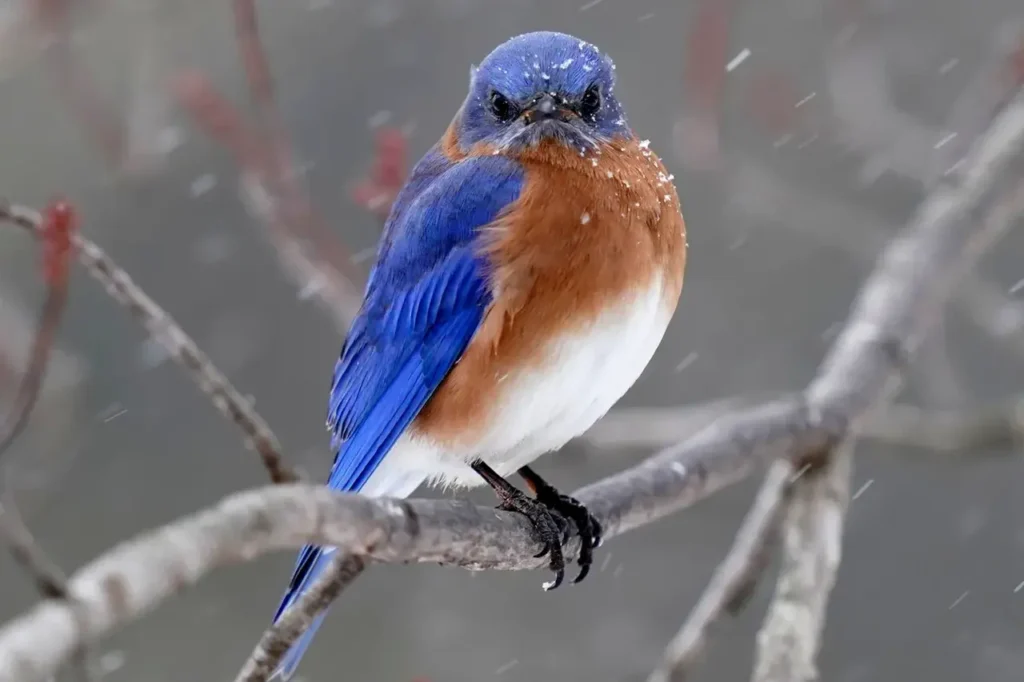
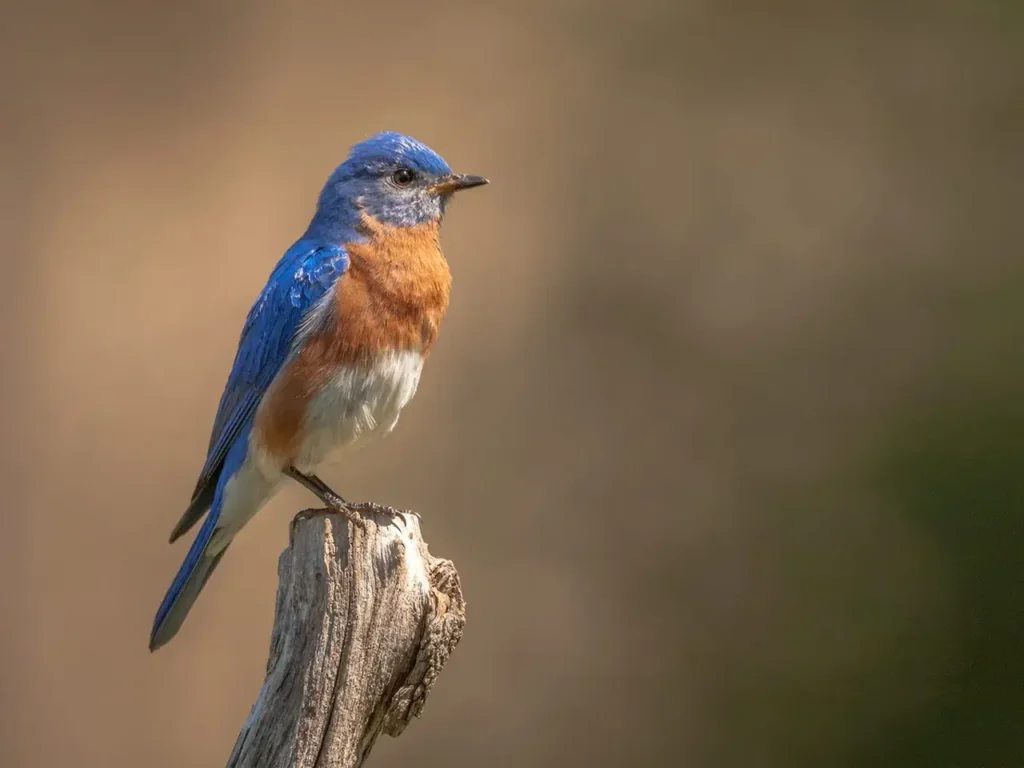
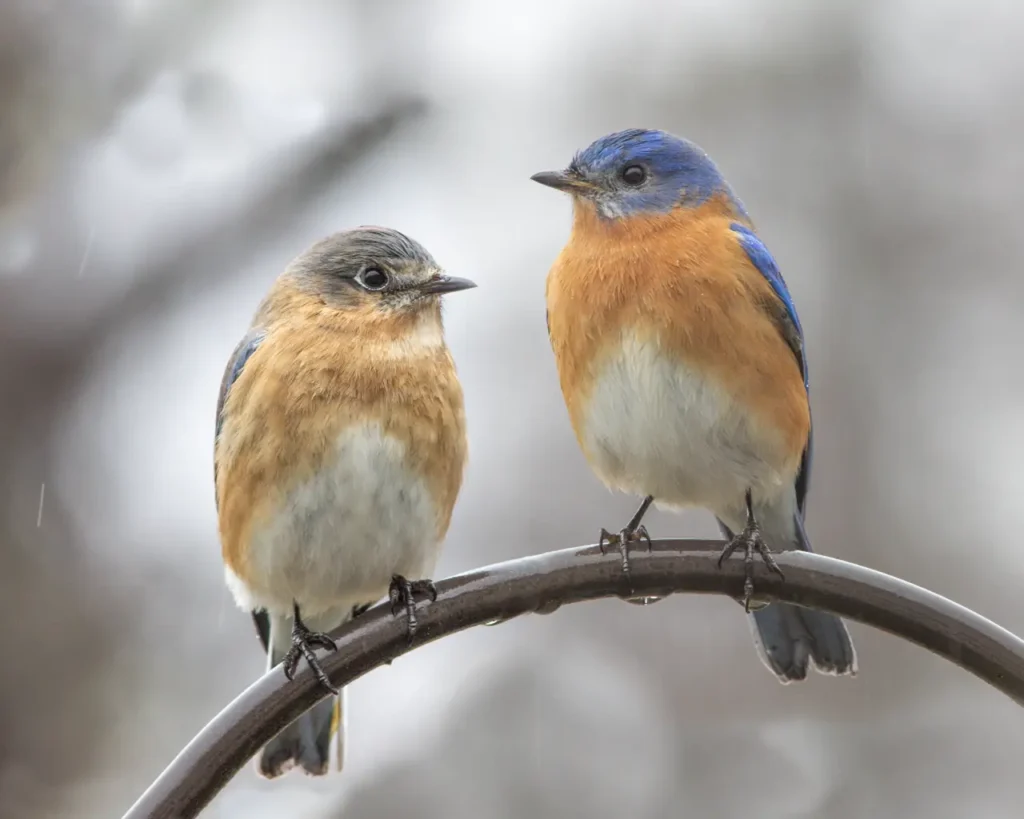
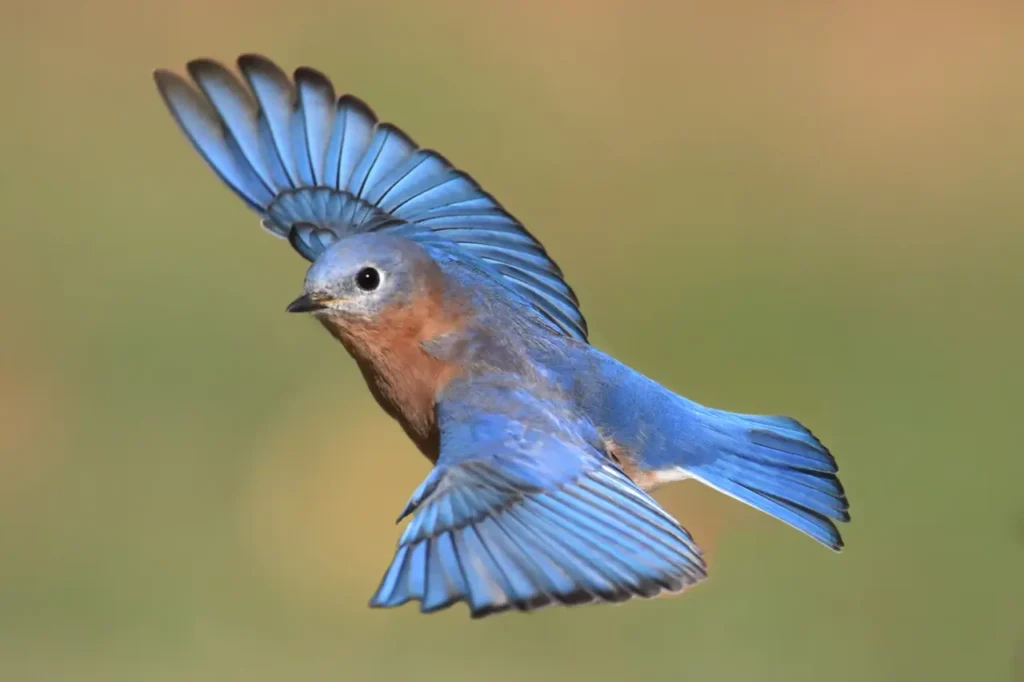
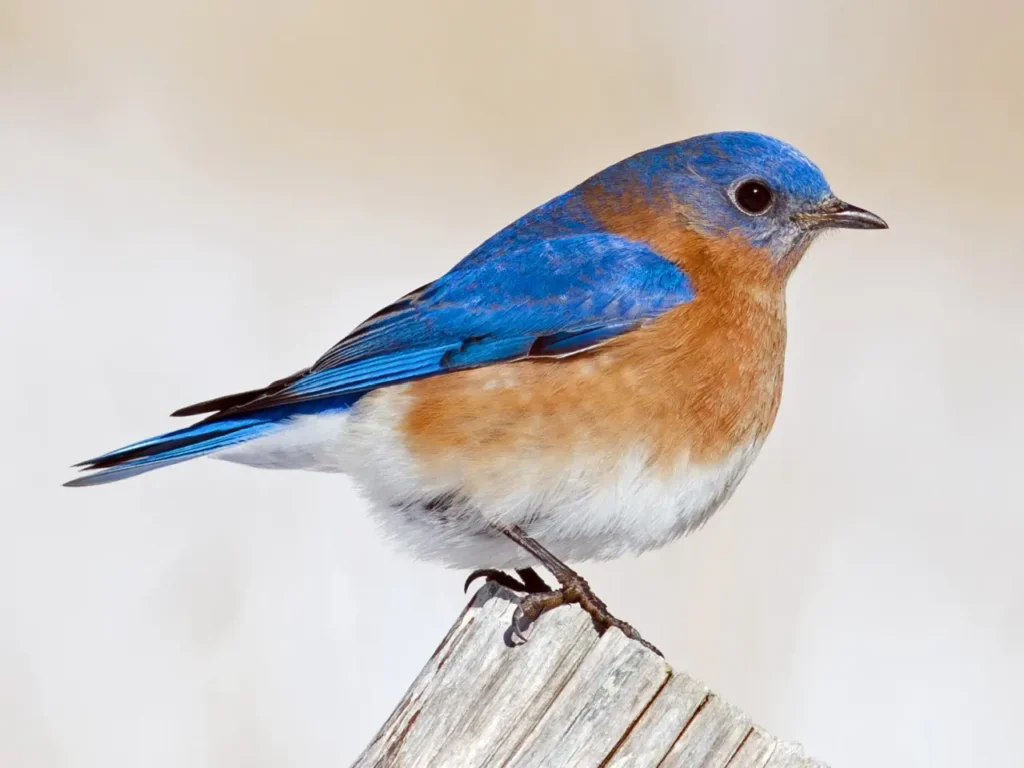
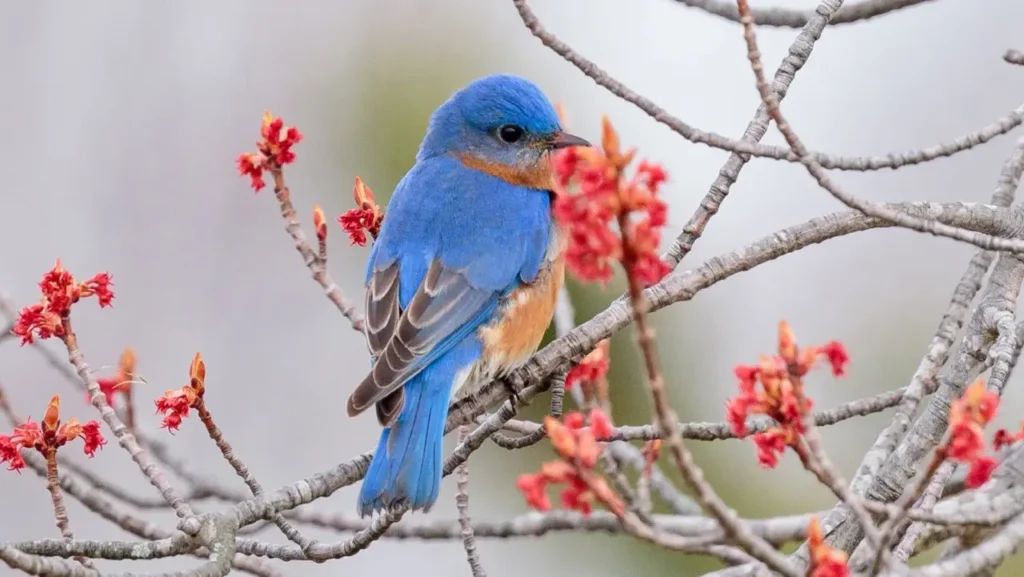
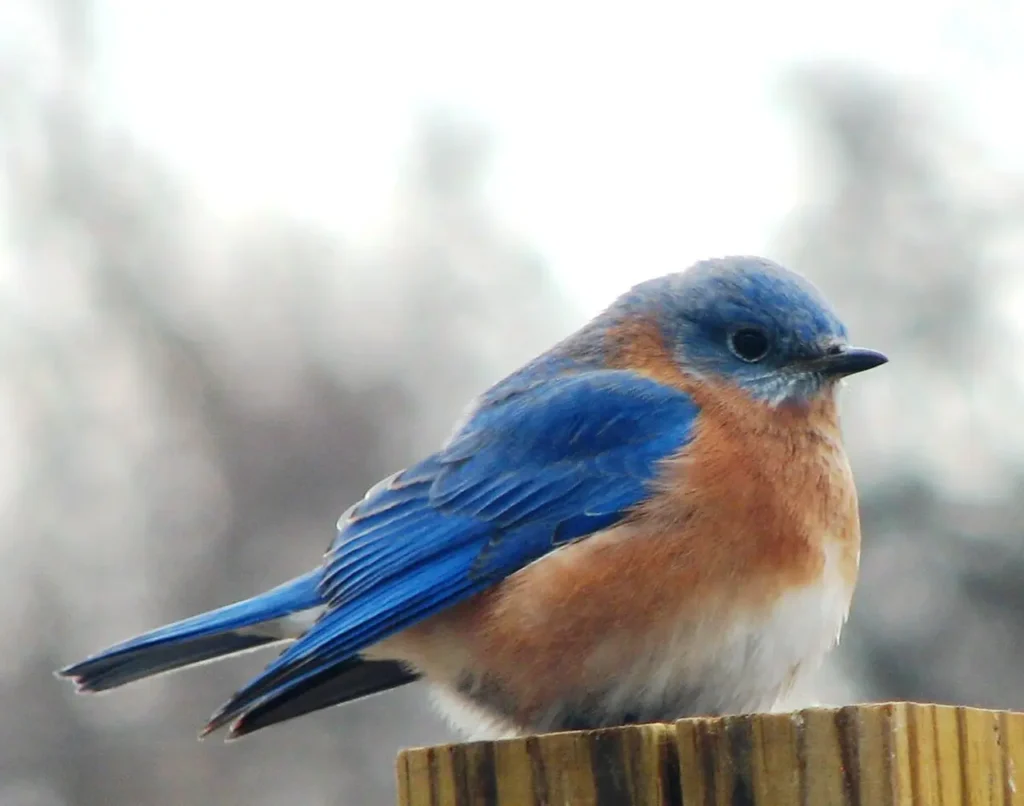
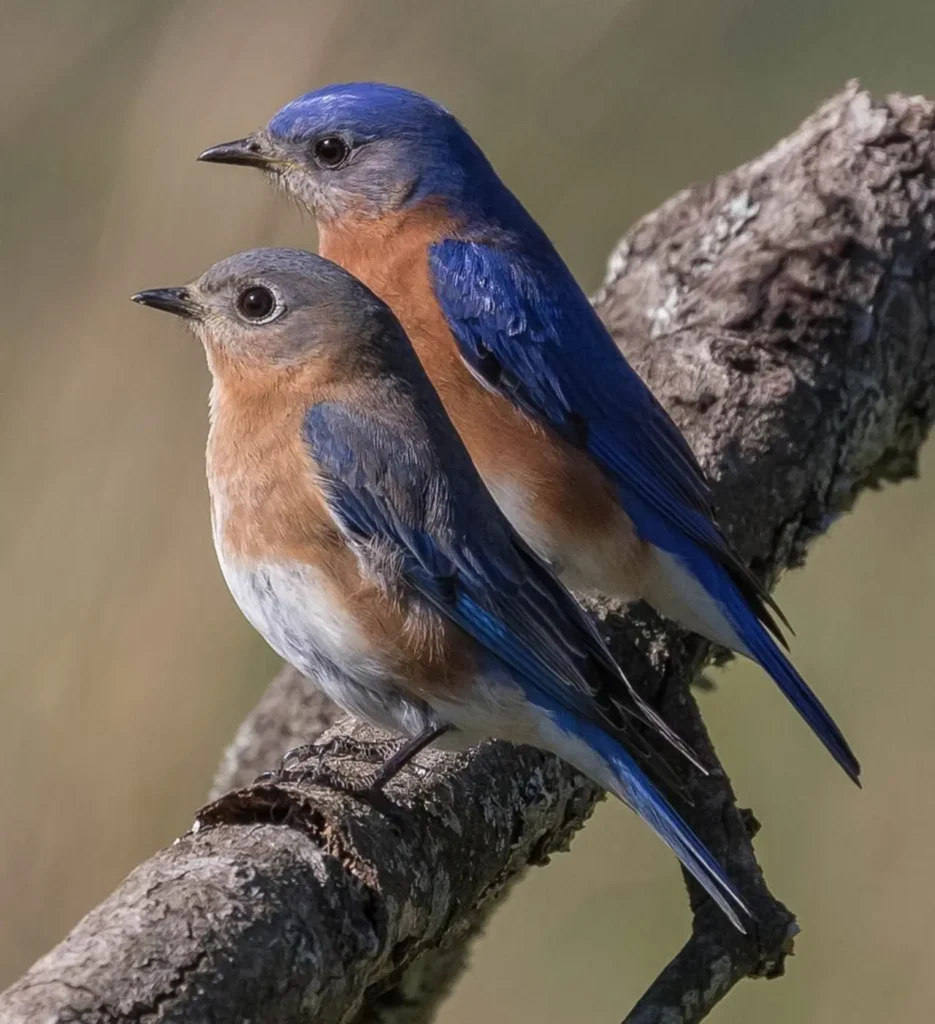
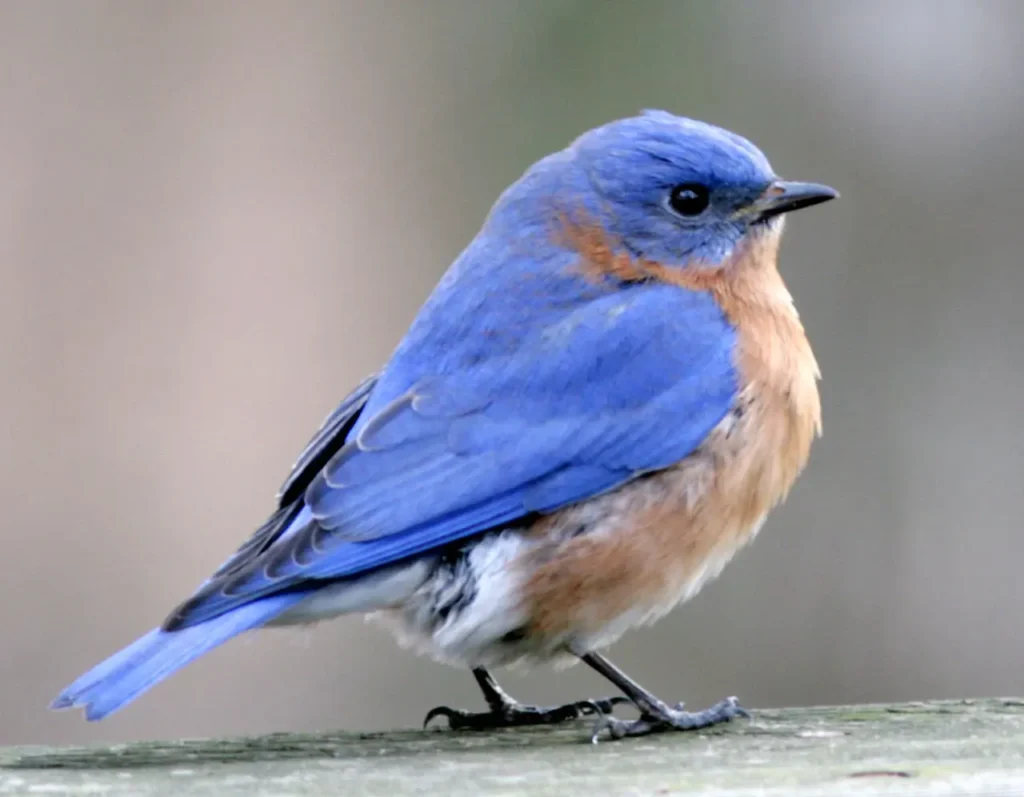
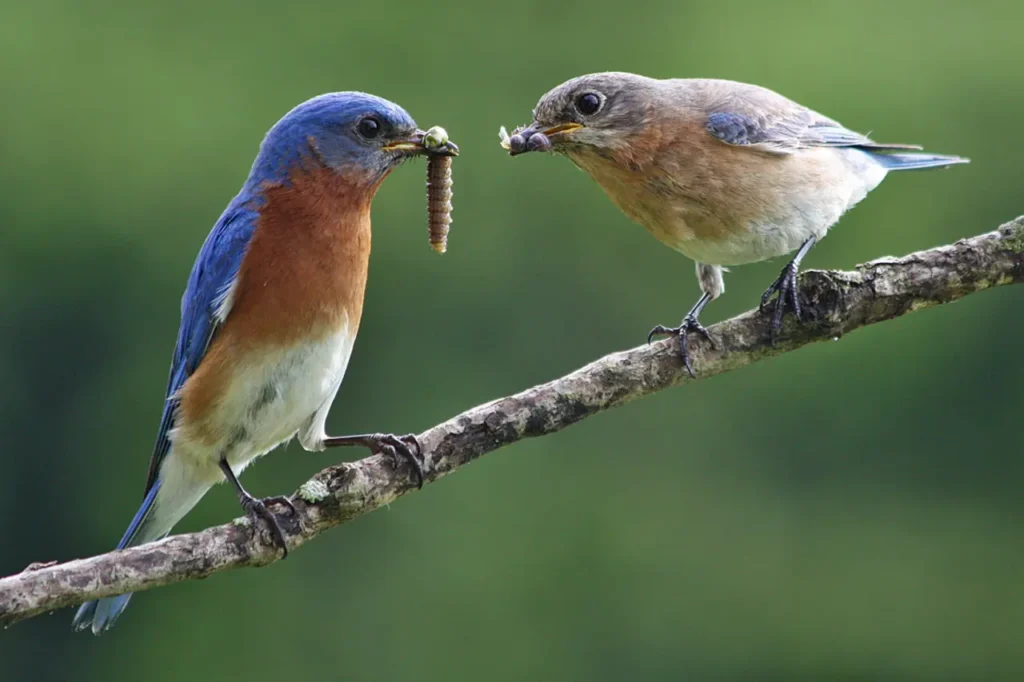
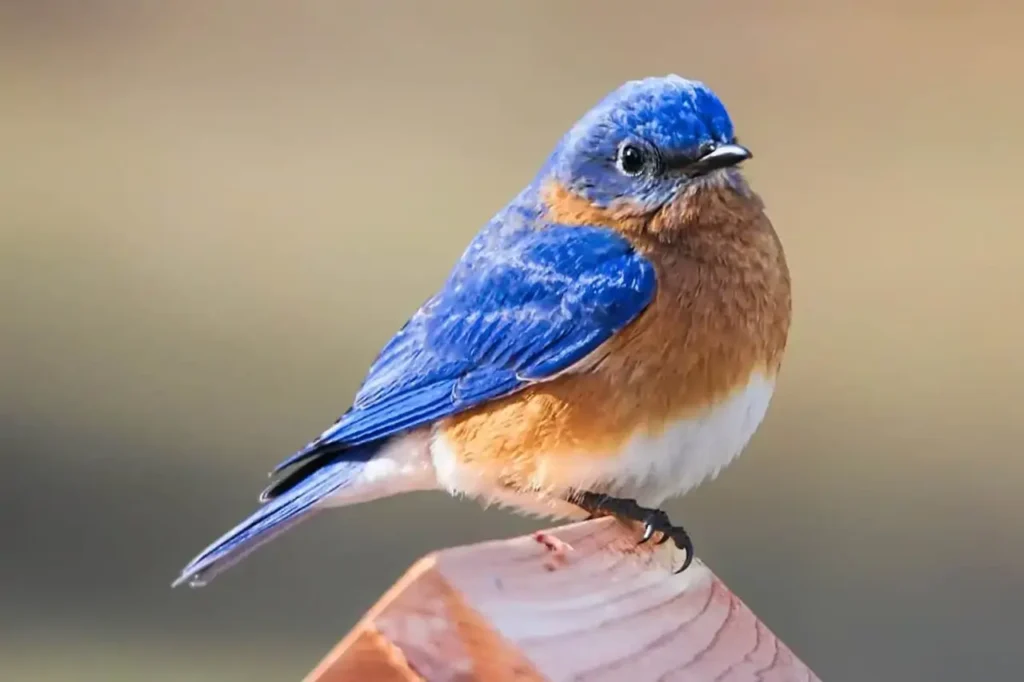
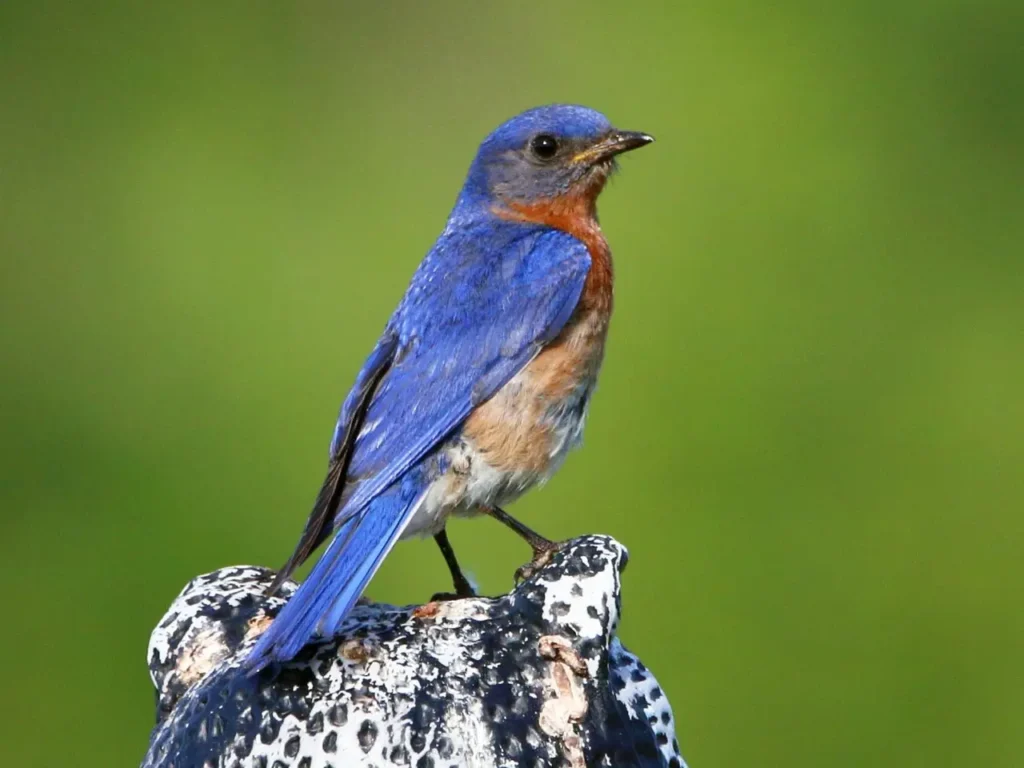
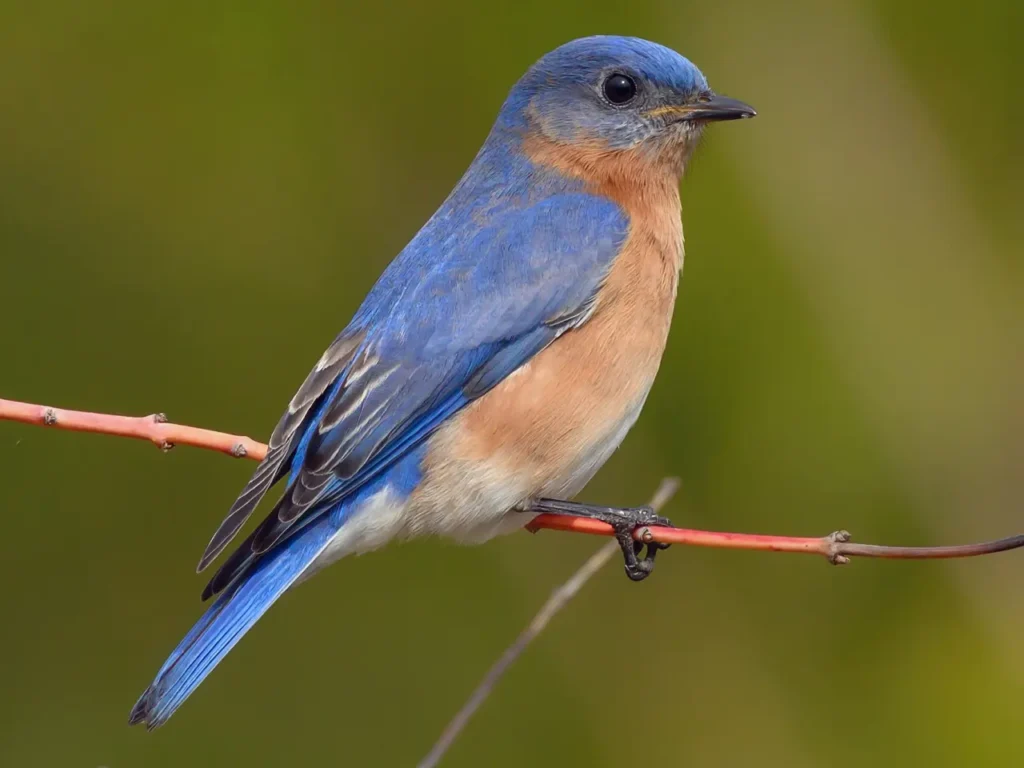
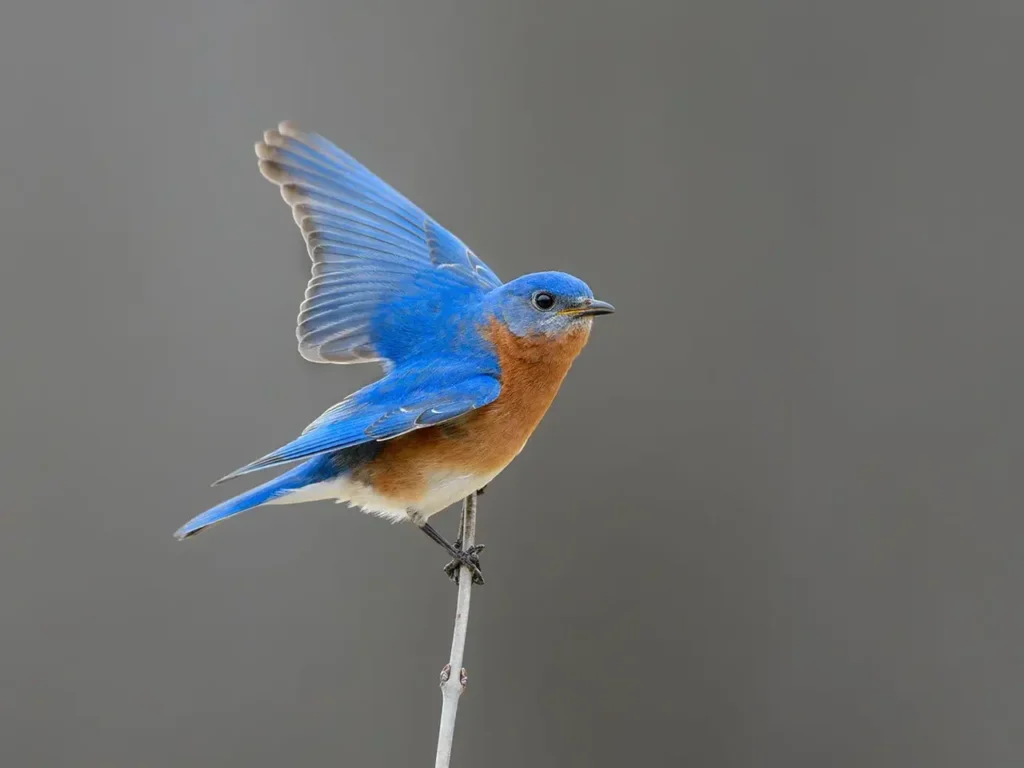
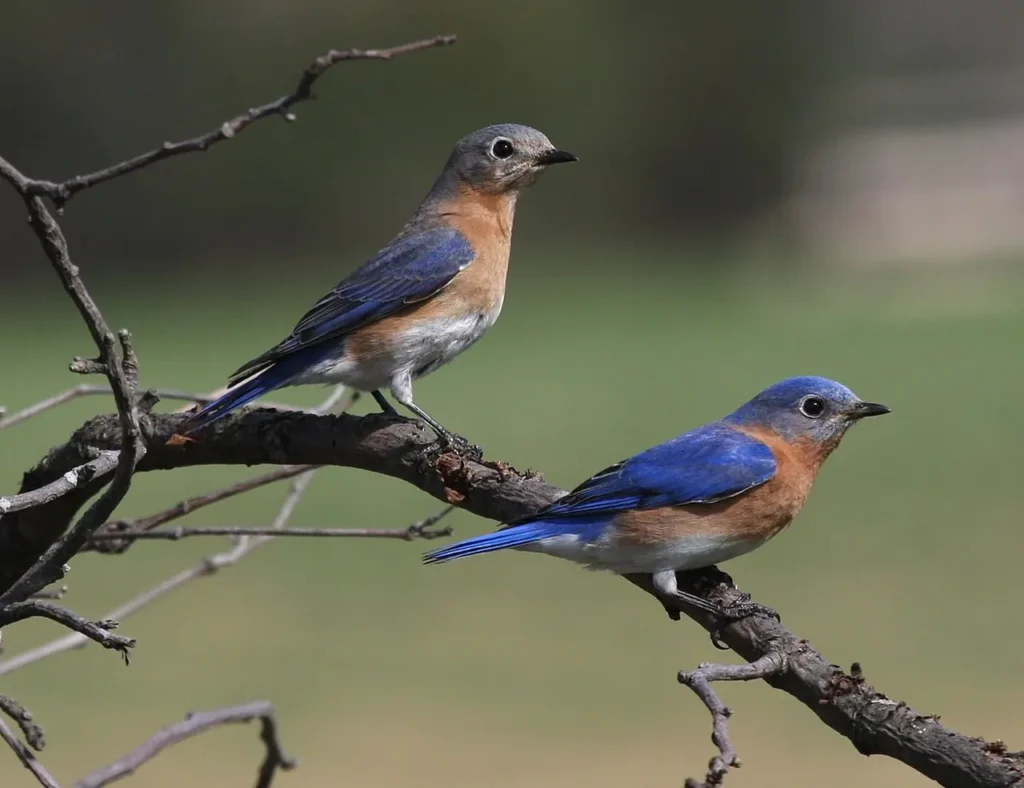
Appearance
The Eastern Bluebird is a small bird, measuring about 15-20 centimeters (6-8 inches) in length. The male bluebird boasts vibrant blue plumage on its head, back, wings, and tail, while its chest and throat showcase a reddish-orange color. The female bluebird, although less intensely colored, still displays a beautiful combination of soft blue-gray feathers on its upperparts and a pale orange or buff color on its breast. Both sexes have stout beaks, dark eyes, and a slender, upright posture that adds to their charm.
Habitat and Distribution
Eastern Bluebirds are typically found in open woodland areas, meadows, fields, and rural landscapes. They prefer habitats with scattered trees or perches, as these provide suitable locations for hunting insects and nesting. Eastern Bluebirds can be found throughout eastern North America, from Canada to the Gulf Coast. Their range also extends into parts of the Great Plains region. These birds are migratory, with some populations moving south during the winter months to find more favorable foraging grounds.
Behavior and Diet
Eastern Bluebirds are primarily insectivores, feeding on a variety of insects and invertebrates. They have a distinctive hunting technique, known as “hawking,” where they perch on a high vantage point and scan the ground for prey. Once they spot an insect, they swoop down to capture it in mid-air. Eastern Bluebirds also consume small fruits and berries, particularly during the winter when insects are less abundant.
Breeding and Nesting
Eastern Bluebirds are cavity nesters and require suitable nest sites for breeding. They are known to use natural cavities in trees, old woodpecker holes, and nesting boxes provided by humans. The female bluebird constructs the nest using grasses, leaves, and other plant materials, while the male assists by bringing nesting materials. Eastern Bluebirds typically have two to three broods per breeding season, with each brood consisting of four to six eggs. Both parents take turns incubating the eggs and feeding the chicks until they fledge.
Conservation
The Eastern Bluebird faced a decline in population numbers due to habitat loss, competition with other cavity nesters, and the introduction of invasive species. However, conservation efforts, including the installation of nest boxes, habitat restoration, and monitoring programs, have helped stabilize and increase bluebird populations in many regions. The Eastern Bluebird’s popularity among bird enthusiasts has also contributed to its conservation, as individuals and organizations work to provide suitable nesting sites and protect their natural habitats.
The Eastern Bluebird is a delightful and captivating bird species that brings joy and beauty to the landscapes it inhabits. With its brilliant blue plumage, sweet song, and unique nesting habits, the Eastern Bluebird has earned its place as a beloved symbol of hope and happiness. Through ongoing conservation efforts and the support of bird enthusiasts, we can ensure the continued success and protection of this beloved bird, ensuring that future generations can enjoy the beauty and grace of the Eastern Bluebird for years to come.
